Introduction to MAP Map Of The Amazon Rainforest

The Amazon Rainforest is the largest tropical rainforest in the world, covering an area of 6.7 million square kilometers. The area spans across nine countries in South America, including Brazil, Peru, Colombia, and Venezuela. Due to its vast size and complexity, navigating the Amazon can be a challenging task. This is where a Map of the Amazon Rainforest (MAP) comes in handy.
A MAP of the Amazon Rainforest is a visual representation of the region and can be used for different purposes, such as hiking, tourism, and research. It provides information about the geography, topography, rivers, and cities within the area. Several organizations provide maps that are reliable and regularly updated.
MAPs of the Amazon Rainforest have also been used for conservation purposes. The information they provide can aid in better understanding the region’s flora and fauna and can be used to monitor changes in the ecosystem. The maps can also help identify areas that are under threat from human interference, such as illegal mining and deforestation.
In conclusion, a MAP of the Amazon Rainforest is an essential tool for anyone planning to visit or conduct research in the region. It provides valuable information about the area’s land features and can be used for various purposes, including conservation efforts. With their detailed and updated information, MAPs offer a clear understanding of the Amazon Rainforest and its importance.
History of MAP Map Of The Amazon Rainforest
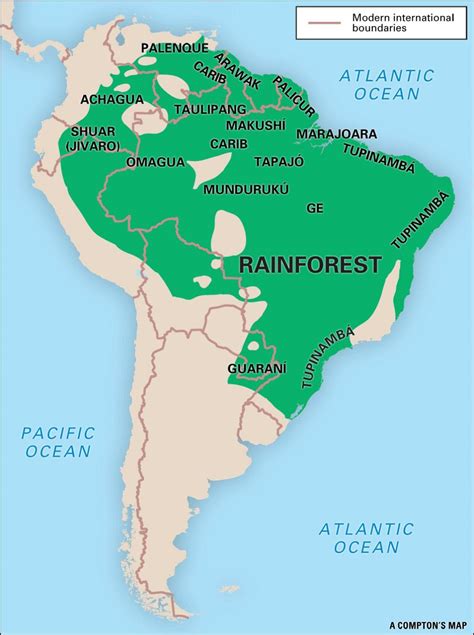
MAP Map Of The Amazon Rainforest is a map that shows the vast expanse of the Amazon rainforest. The Amazon rainforest is the largest tropical rainforest in the world, spanning over 6.7 million square kilometers. The map is an important tool for understanding the ecology and biodiversity of the rainforest and its importance to our planet.
The history of MAP Map Of The Amazon Rainforest dates back to the early 1800s when explorers began to journey deep into the Amazon in search of exotic plants and animals. These explorers produced some of the first maps of the region, which were rudimentary and lacked detail. However, with the advent of aerial photography and more advanced mapping tools, the maps became more detailed.
MAP Map Of The Amazon Rainforest was created by a team of researchers who spent years exploring the region and gathering data. The map is not only a visual representation of the rainforest but also a tool for scientific research. It provides information about the rainforest’s topography, vegetation, and wildlife, which is vital for conservation efforts.
Today, MAP Map Of The Amazon Rainforest continues to be updated and improved, as new data becomes available. It serves as an essential tool for scientists, conservationists, and policymakers who are working to protect this important ecosystem and its inhabitants. The map is also widely available to the public, allowing anyone to learn about the Amazon rainforest and its incredible biodiversity.
In conclusion, MAP Map Of The Amazon Rainforest is a crucial tool for understanding the Amazon rainforest. Its history dates back to the early explorers, but it has evolved into a sophisticated tool for research and conservation efforts. The map is a testament to the importance of the Amazon rainforest and the need to protect it for future generations.
How MAP Works: Map of the Amazon Rainforest
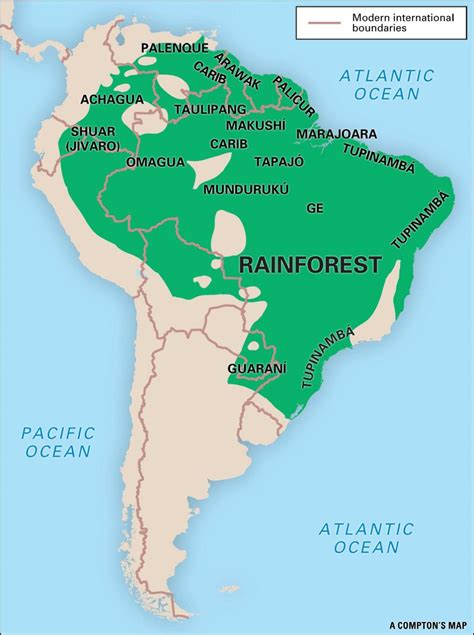
The Amazon Rainforest is a vast and complex ecosystem that is difficult to study and monitor. That’s where the Monitoring of the Andean Amazon Project (MAAP) comes in. MAAP uses satellite imagery to track deforestation and other changes in the Amazon.
The MAAP website features a map of the Amazon that shows the areas of deforestation over time. Users can zoom in and out to see specific regions and compare data over different time periods. The map also includes informative articles and videos about ongoing deforestation and conservation efforts.
One key feature of the MAAP map is its ability to detect illegal mining activity in the Amazon. By analyzing satellite data, MAAP is able to identify areas where mining is taking place illegally, and share that information with authorities who can take action.
MAAP’s work is vital to protecting the Amazon Rainforest from further destruction. By monitoring changes in the forest and sharing information with policymakers and the public, MAAP is helping to protect one of the world’s most important ecosystems.
In conclusion, MAAP’s map of the Amazon Rainforest is an important tool for monitoring deforestation and illegal mining activity in the region. With its ability to provide detailed, up-to-date information, the map is helping to protect the Amazon and raise awareness about the threats it faces.
The Benefits of Using MAP Map Of The Amazon Rainforest
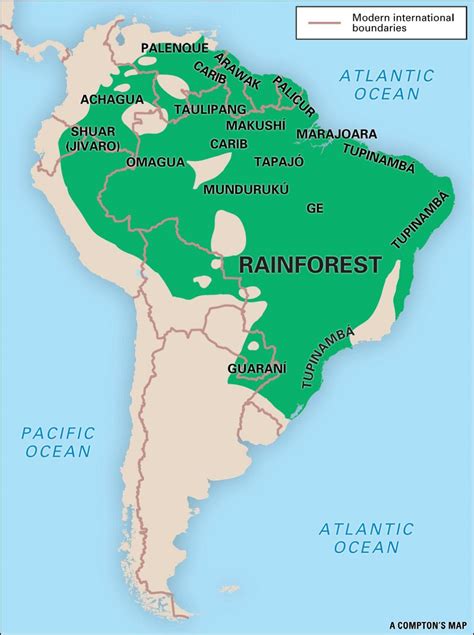
Are you curious about the Amazon Rainforest and its vast biodiversity? Do you want to know more about the importance of the Amazon to the world? MAP Map of the Amazon Rainforest can help you with that! By using MAP Map of the Amazon Rainforest, you will discover the importance and benefits of the Amazon and why we should protect it.
One of the benefits of using MAP Map of the Amazon Rainforest is gaining a better understanding of the vital role that the Amazon plays in the global ecosystem. The Amazon Rainforest is known as the “lungs of the Earth due to its vast production of oxygen and absorption of carbon dioxide. Through the map, you will see the impact that deforestation and the loss of biodiversity can have on this vital ecosystem.
Another benefit of using MAP Map of the Amazon Rainforest is learning about traditional cultures and their relationship with the forest. Indigenous communities have been living in the Amazon for thousands of years, and their knowledge and practices have contributed to the preservation of the rainforest. The map can help you understand the importance of acknowledging and respecting traditional cultures.
Lastly, using MAP Map of the Amazon Rainforest is an excellent way to educate yourself and others about the ongoing threats facing the Amazon. From illegal logging to mining and the expansion of agriculture, there are many factors threatening the health of the Amazon. By using the map, you can learn about the current challenges faced by the region and how we can protect it for future generations.
Overall, MAP Map of the Amazon Rainforest is a powerful tool for understanding the importance of the Amazon and why it is essential to protect it. Through the map, you can gain a greater understanding of the vital role that the region plays in the global ecosystem, the importance of traditional cultures and practices, and the ongoing threats facing the forest.
Challenges of implementing MAP Map of The Amazon Rainforest

The Amazon Rainforest is one of the most diverse and essential ecosystems on Earth. As such, it is vital to have an accurate map of the area to monitor deforestation and biodiversity. However, implementing a Map of the Amazon Rainforest comes with its own set of challenges.
The Challenges
One of the significant challenges faced in implementing the Map of the Amazon Rainforest is the vast and inaccessible terrain of the rainforest. Satellites can capture imagery, but the thick canopy coverage can make it challenging to get an accurate picture of what is happening on the ground.
Another challenge is the rapidly changing nature of the Amazon Rainforest. Deforestation is causing changes to the landscape at an alarming rate, making it challenging to keep up to date with the latest developments.
Furthermore, the funding needed to build and maintain the map can be a significant challenge. Governments, private organizations, and charities all have a role to play in ensuring that the funding is available to maintain the Map of the Amazon Rainforest.
The Importance of Overcoming These Challenges
Despite these challenges, it is crucial to overcome them and implement a Map of the Amazon Rainforest. With climate change affecting the planet at an unprecedented rate, the Amazon Rainforest’s health is more important than ever.
Having an accurate map of the area will enable researchers and conservationists to monitor changes to the landscape and keep on top of any illegal activities, such as deforestation and mining.
In conclusion, implementing a Map of the Amazon Rainforest comes with its own set of challenges, from the terrain and rapidly changing ecosystem to funding. However, it is imperative that we overcome these challenges and build an accurate map to ensure the future survival of the Amazon Rainforest.
Examples of MAP implementation in various industries
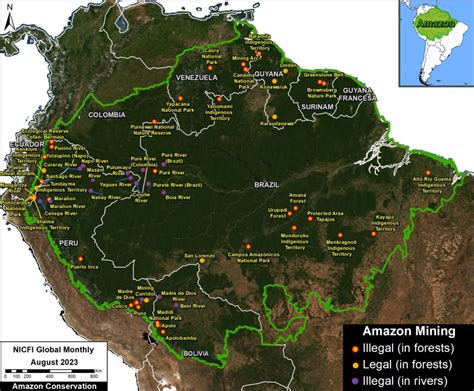
Many industries today rely on MAP or Market Access Plan to achieve growth and profitability. MAP provides companies with a strategic approach in entering new markets while also ensuring the sustainability of their current operations. Here are some examples of how MAP has been implemented in various industries:
In the healthcare industry, pharmaceutical companies use MAP to ensure that their products reach target markets. Pharmaceutical products undergo stringent regulations, making it essential for companies to develop a MAP that considers the policies of the target country. Through MAP, companies can navigate regulatory barriers, determine product value, and identify market opportunities.
The financial industry also implements MAP in its operations. Financial companies conduct a thorough analysis of the target market, identify potential clients, and develop a strategic approach to reach them. Whether entering a new market or launching a new product, MAP provides financial institutions with a roadmap to achieve their revenue goals.
In the food industry, MAP ensures that food products meet market demand while also adhering to regulatory requirements. Companies use MAP to determine their product’s value, competitive edge, and potential profitability. Through this, companies can develop a pricing strategy, marketing approach, and distribution channel that meets their target market’s preferences.
The tourism industry relies heavily on MAP to increase visitors to a particular destination. Through MAP, companies and government organizations alike can identify local culture, understand tourist behavior, and tailor products and services to attract visitors.
In conclusion, MAP plays a crucial role in achieving growth and profitability in various industries. By developing a strategic approach that considers market demand, regulatory requirements, and consumer behavior, companies can achieve their revenue goals while also ensuring the sustainability of their operations.
Comparison of MAP with other project management methodologies
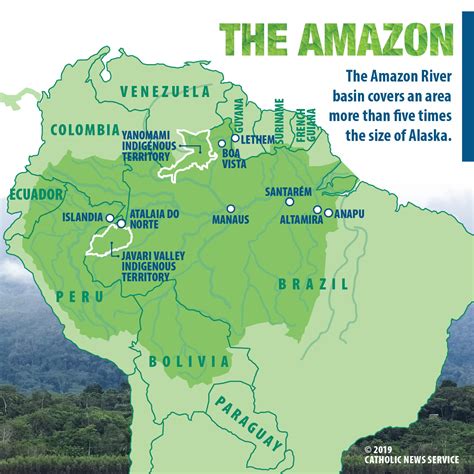
When it comes to project management, there are various methodologies available that can be used to ensure project success. One of the most popular methodologies is the Project Management Body of Knowledge (PMBOK). However, there are other methodologies like Agile, Waterfall, and Critical Chain Project Management (CCPM) that are worth considering when choosing which project management system to use. In this article, we will discuss how MAP compares with these other methodologies.
Unlike other project management methodologies, MAP focuses on task planning and performance monitoring while incorporating change management and risk mitigation. MAP stands for Measure, Analyze, and Plan, which means that in every project, the first step is to measure the current situation and identify improvement areas. Afterward, it is essential to analyze why these problems exist and come up with solutions and a detailed plan to improve the process performance.
Meanwhile, Agile project management is a methodology that is often used in software development projects where requirements can change throughout the project. Unlike MAP, Agile focuses on frequent adjustments to plans instead of having a detailed plan from the start. Waterfall, on the other hand, is a traditional, sequential project management method that requires a specific project plan to be followed strictly. CCPM, on the other hand, analyzes what resources are essential for the project and prioritizes their usage to ensure project completion on time.
In summary, while there are many project management methodologies available, selecting the right one can be daunting. Each method has its unique features, strengths, and weaknesses that should be considered carefully before choosing which to implement. However, through measuring, analyzing, and planning, as well as incorporating change management and risk mitigation, MAP provides a comprehensive approach for managing projects while maximizing efficiency.
Overall, it is essential to identify the needs of your specific project and choose a management methodology that best fits those needs for successful project completion.
The Key Principles of MAP Map of the Amazon Rainforest
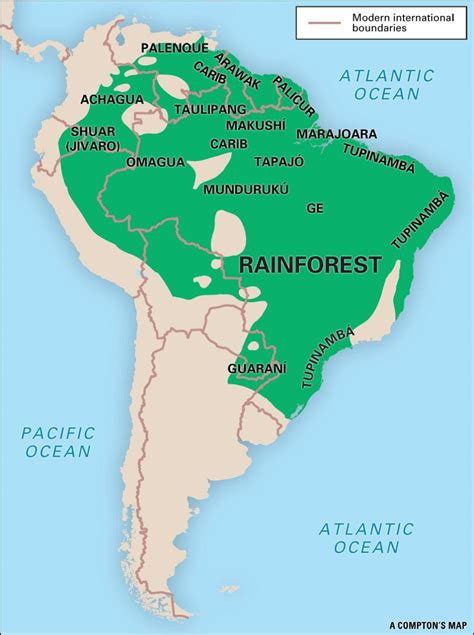
MAP (Monitoring the Andean Amazon Project) is an initiative that aims to promote sustainable development in the Amazon Rainforest. Its comprehensive map contains essential information about the biology, geography, and human activities related to the largest rainforest on earth.
One of the essential principles of MAP’s Amazon Rainforest map is to gather information from various sources and use it to create a unified vision of the region. The map uses satellite imagery, biophysical data, social and economic information, and indigenous knowledge. These details are then combined to produce an accurate and detailed visual representation of the Amazon.
Another principle of the MAP map is to work collaboratively with local communities, stakeholders, and governments to promote conservation while supporting sustainable economic activities. The map helps to create a plan that maximizes economic opportunities while minimizing the impact on the environment and respecting the rights of indigenous people.
The third principle of MAP’s Amazon Rainforest map is to facilitate dialogue and foster transparency between stakeholders. The map is publicly available and is regularly updated from various data sources. This transparency helps to increase trust between stakeholders and promote collaboration while minimizing conflicts.
In summary, the MAP Map of the Amazon Rainforest is a comprehensive and collaborative initiative that aims to promote sustainable development while preserving the environment. Through collaboration, data sharing, and transparency, MAP hopes to create a plan that maximizes opportunities for economic growth while protecting the unique biodiversity of the Amazon Rainforest.
Training and Certification Options for MAP Map of the Amazon Rainforest
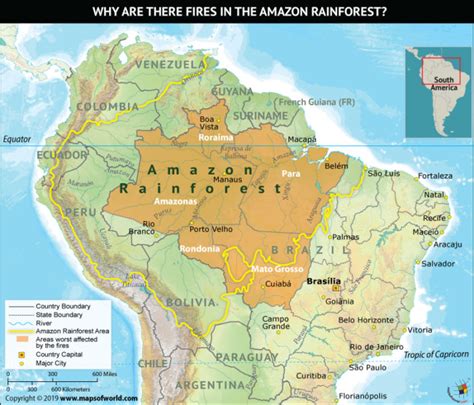
If you’re interested in studying the Amazon Rainforest’s ecosystem, you should consider getting training and certification on MAP (Most Accessible Pathways) Map of the Amazon Rainforest. With the right accreditation, you can become an expert on the subject and help preserve the environment.
One way to gain certification is through the Rainforest Alliance Conservation program. They offer training for MAP Map interpretation, including workshops that give participants practical experience in the Amazon Rainforest. The program is designed to help individuals who work directly with rainforest communities, and the training provides knowledge that can be put to use almost immediately.
Another option for gaining certification is through the Mapting application, which is available for free on the App Store or Google Play. Mapting is a photo-sharing app that also helps users learn about sustainability and responsible consumption. The app provides educational content about the Amazon Rainforest, including MAP Maps, and allows users to learn while interacting with other users around the world.
Finally, if you’re looking for a comprehensive training program, there is an online course offered by the Union of Concerned Scientists. The course covers topics such as climate change, deforestation, and conservation in the Amazon Rainforest. It’s a great option for those who want to delve deep into MAP Map interpretation and the wider issues that affect this unique ecosystem.
In conclusion, there are many training and certification options available for those interested in MAP Map of the Amazon Rainforest. Whether you choose an in-person program or an online course, gaining certification can help you make a positive impact on the environment, while also advancing your own knowledge and career.
Future of MAP and its potential impact on project management Map Of The Amazon Rainforest
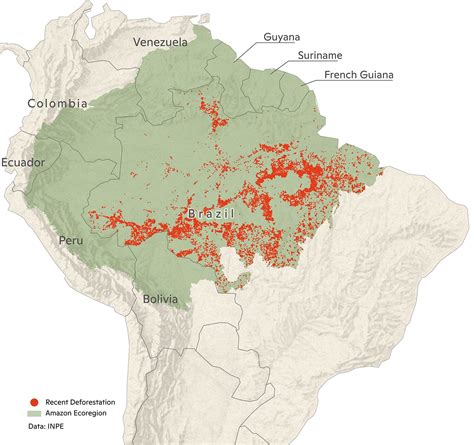
As project managers, it is important to stay up-to-date with emerging technologies and tools that can help us succeed. One such tool that is gaining popularity is the MAP, or the Massive Automated Processes. The potential impact of MAP on project management in the Amazon Rainforest could be immense.
MAP is a system that uses big data, machine learning, and artificial intelligence to generate real-time insights and predictions. With the vast amount of data available in the Amazon Rainforest, MAP could be an invaluable tool for project managers. It could leverage data from sensors, satellite imagery, and other sources to provide accurate and timely information about the rainforest’s conditions.
For example, if a project is working on restoring a particular area of the rainforest, MAP could help project managers understand the current state of the ecosystem, identify areas that need intervention, and predict how different interventions might impact the area over time. This could help project managers make more informed decisions and prioritize their efforts for maximum impact.
However, implementing MAP would not be without its challenges. There are concerns about data privacy, the potential for misuse of the technology, and ensuring that the insights generated by MAP are accurate and reliable. Project managers would need to work closely with data scientists and specialists to ensure the system is used ethically and effectively.
Overall, the future of MAP in project management in the Amazon Rainforest is promising. If implemented correctly, it could be a valuable tool for project managers and help ensure the long-term sustainability of the rainforest ecosystem. As project managers, we should be mindful of emerging technologies like MAP and consider how they could be used to benefit our projects and stakeholders.
Explore The Amazon Rainforest With This Map
If you’re planning a trip to the Amazon rainforest, one thing you’ll definitely need is a good map. The Amazon is huge, covering nine countries and over 5.5 million square kilometres, so navigation can be tricky without a reliable guide.
Fortunately, we’ve got you covered. Our map of the Amazon rainforest is detailed, accurate, and easy to use. It includes all the major rivers, lakes, and mountains, as well as the locations of indigenous communities and protected areas.
The map is also interactive, so you can zoom in and out to explore different regions of the rainforest in more detail. Whether you’re interested in bird watching, jungle trekking, or simply soaking up the stunning natural beauty of the Amazon, our map will help you plan your route and make the most of your time in this incredible part of the world.
Why You Should Visit The Amazon Rainforest
The Amazon rainforest is like nowhere else on earth. It’s the world’s largest tropical rainforest, and it’s home to an incredible array of wildlife and plant species, many of which are found nowhere else on the planet.
If you’re interested in ecology, the Amazon rainforest is a must-visit destination. You’ll have the chance to see up close how different species interact with each other, and how the rainforest ecology operates as a unique system. You’ll also learn about the threats facing the rainforest, and the efforts being made to preserve this vital ecosystem for future generations.
Share This Information With Your Friends
If you’re excited about the idea of exploring the Amazon rainforest with our map, why not share this information with your friends? Spread the word and encourage others to visit this incredible part of the world – not only will you be supporting the local communities and conservation efforts, but you’ll also be embarking on an adventure you’ll never forget.
Thanks for reading, and we hope to see you in the Amazon rainforest soon!